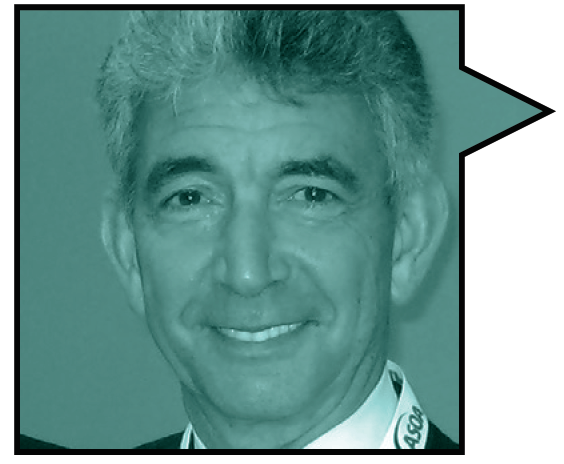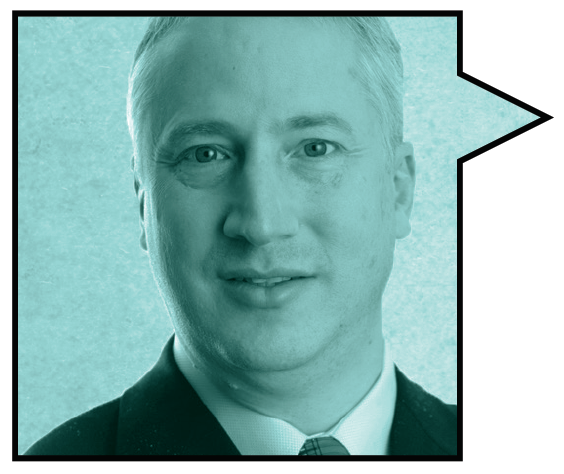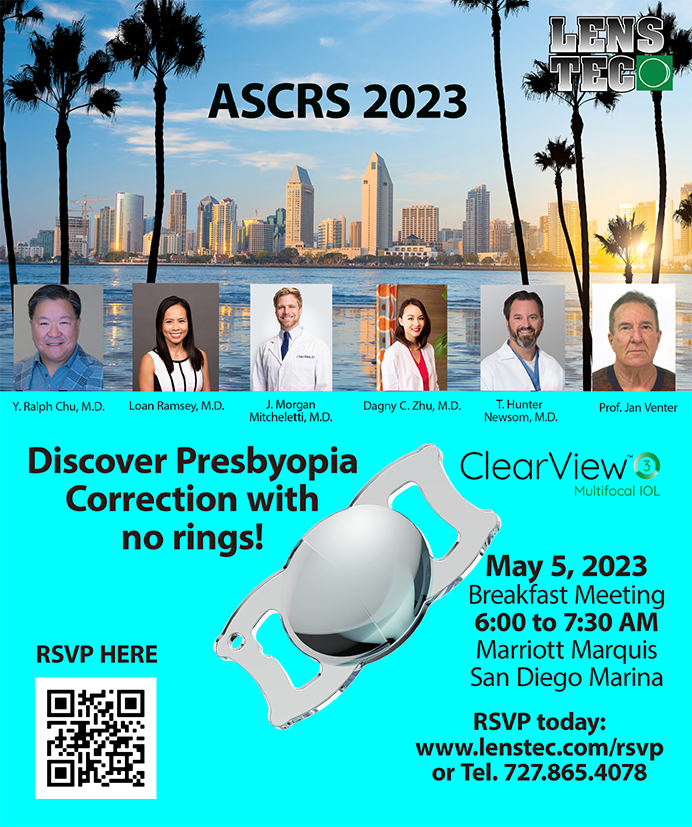Laser cataract surgery made its debut in 2008.1 Nearly 10 years later, its usefulness and effectiveness are still being debated. In this month’s readership survey, CRST asked surgeons to explain their use of the femtosecond laser in cataract surgery, how they educate patients, and their preference for or against comanaging these patients. Here’s what some people had to say.

Lisa Brothers Arbisser, MD
• John A. Moran Eye Center, Salt Lake City, Utah
"Before I retired, I used a femtosecond laser to perform laser cataract surgery on about 20% of patients. To explain the procedure, I would tell patients that the laser can help replace certain manual steps to remove a cataract. Even with my 30 years of experience performing manual cataract surgery, I find laser cataract surgery is more consistently reproducible than any technique. In terms of pricing strategies, I include laser cataract surgery as an option added to premium lens and astigmatism management cases.”

Eric D. Donnenfeld, MD
• Ophthalmic Consultants of Long Island, New York
"I perform laser cataract surgery on 60% of my patients using a Catalys femtosecond laser (Johnson & Johnson Vision). I also use the Zepto (Mynosys) to perform capsulotomies and the miLoop (Iantech) for dense cataracts. We provide patients with the option of laser cataract surgery as a standalone treatment or in conjunction with premium IOLs, explaining that laser cataract surgery brings increased precision and accuracy with the added benefit of reducing or eliminating astigmatism. It is beneficial to work with optometrists who have a longstanding relationship with their patients because they offer unique insights into their patients’ needs and expectations.”

Samuel Masket, MD
• Harvard Eye Associates, Laguna Hills, California
"I use a femtosecond laser for five specific indications: zonulopathy, dense cataracts, shallow chambers, endothelial disease, and special capsular conditions. When describing laser cataract surgery to patients, I explain that the laser can help automate some of the surgical steps that are typically performed manually. I do not have a relationship with optometrists in the comanagement of patients.”

Pulin Shah, MD
• Ochsner Baptist Medical Center, New Orleans
"I use a femtosecond laser to perform laser cataract surgery on about 40% of my patients. In addition to the Catalys, we also use the ORA System With Verifeye+ (Alcon) to provide the most accurate refractive outcomes. We offer three tiers of premium cataract surgery: two tiers for distance-only correction and one for distance and near correction. I describe laser cataract surgery to patients as a combination of advanced technologies that improve the precision of the procedure and help minimize the need for glasses. I work with optometrists in the comanagement of patients, specifically with regard to the 1-month postoperative visit.”

Sudhir Singh, MS
• Global Hospital & Research Centre, Mount Abu, India
"I do not perform laser cataract surgery on any of my patients. Typically, I can perform every element of the procedure with conventional phacoemulsification. Any cases that are not suitable for conventional phacoemulsification can be easily and safely performed with manual small-incision cataract surgery.”

Michael E. Snyder, MD
• Cincinnati Eye Institute, Middletown, Ohio
"I never use a femtosecond laser to perform cataract surgery, as I consider it to be a more expensive, less safe approach to certain steps of cataract surgery. In fact, my practice sold our femtosecond laser years ago.”

Jared R. Younger, MD, MPH
• Orange Coast Eye Center, Fountain Valley, California
"I use a femtosecond laser to perform about 75% of all cataract surgeries in my practice. I package laser cataract surgery into two pricing strategies: one with a monofocal or toric IOL, and another with a presbyopia-correcting IOL. I typically explain to patients that the laser allows very precise surgery with the ability to correct astigmatism. I work with referring optometrists to comanage laser cataract surgery patients and keep them updated with postoperative communications.”
1. Nagy ZZ, Takacs A, Filkorn T, Sarayba M. Initial clinical evaluation of an intraocular femtosecond laser in cataract surgery. J Refract Surg. 2009;25:1053-1060.




